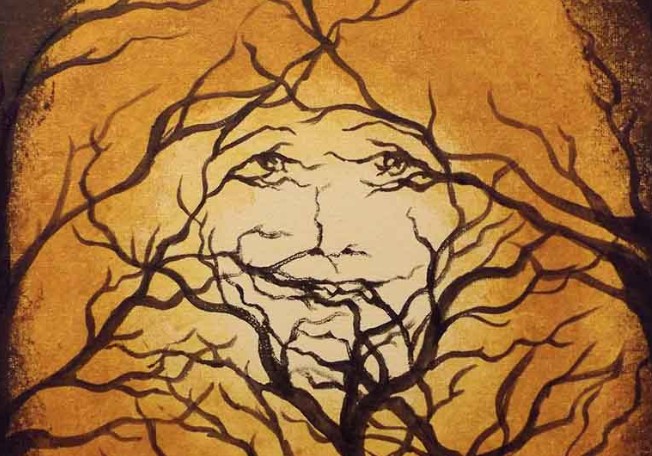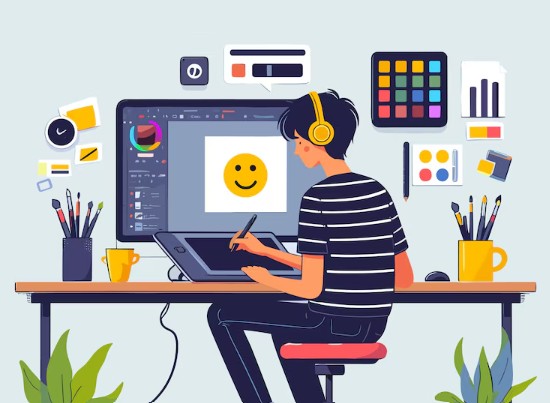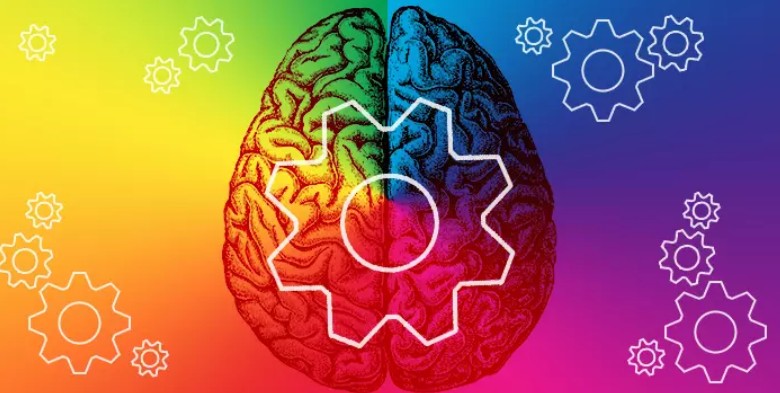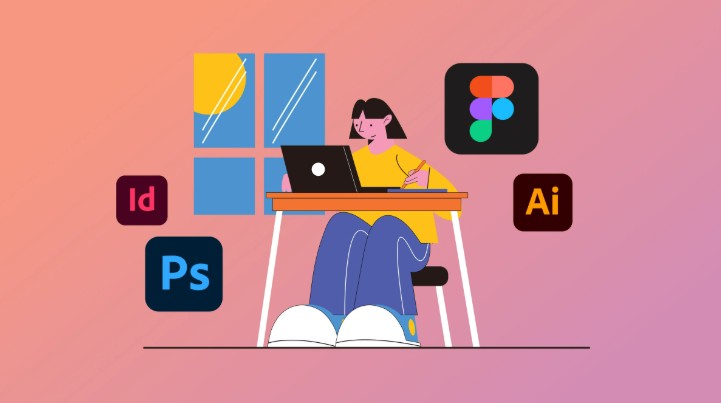Best Selling Products
Seeing Faces in… Soup! Pareidolia: Stupid Syndrome or Creative Instinct?
Nội dung
- 1. What is Pareidolia syndrome?
- 2. Causes of Pareidolia syndrome
- 2.1. How the brain formats faces
- 2.2. The color of the object
- 3. Who usually experiences Pareidolia?
- 3.1. Artist
- 3.2. The Devotee
- 3.3. People with mental disorders
- 3.4. Women are more likely to see face illusions
- 4. Is Pareidolia syndrome dangerous?
- 5. Face illusion in art
Pareidolia is a psychological phenomenon that causes people to see faces in inanimate objects or natural phenomena. This is a type of hallucination in which the brain automatically associates vague or random images in clouds, patterns on the moon, leaves, stains or everyday objects with human faces.

Pareidolia , also known as “ face illusion ,” is an extremely interesting psychological phenomenon that perhaps all of us have experienced. Have you ever looked at the clouds floating in the blue sky and suddenly “saw” a smiling face, or glimpsed a small crack on the wall and thought it was an animal sneaking a look at you? That is the moment when our brain is playing with the surrounding images, “tricking” our vision to draw familiar shapes among countless random details.
Is this phenomenon just a temporary “disorder” of vision or can it really be considered a subtle form of art where we create meaning for the world around us? In this article, let’s find out with SaDesign whether pareidolia is really a psychological syndrome or a unique art form and explore how “unconscious artists” have been turning random images into interesting stories.
1. What is Pareidolia syndrome?
Pareidolia is a psychological phenomenon that causes people to see faces in inanimate objects or natural phenomena. This is a type of hallucination in which the brain automatically associates vague or random images in clouds, patterns on the moon, leaves, stains or everyday objects with human faces.
This phenomenon stems from the human survival instinct and ability to recognize faces, which are important for communication and detecting danger. Pareidolia is not a psychological disorder, but a natural part of how the brain processes visual information.
.png)
Scientists believe this phenomenon is related to the activity of the Fusiform Face Area (FFA) in the brain, an area specialized in recognizing faces. When this area is activated, the brain tends to “see” faces even when there is no actual face present.
2. Causes of Pareidolia syndrome
Pareidolia occurs during the process of receiving and processing information in the brain. The brain is tricked, creating the illusion that the objects we see have the shape of a face.
Pareidolia is a very common phenomenon in life. But in some special cases, Pareidolia can be a sign of a mental disorder.
There is still no reliable evidence about the cause of this phenomenon. However, many scientists believe that Pareidolia syndrome is related to brain activity.
2.1. How the brain formats faces
A study from UNSW Sydney University shows that the brain mechanism used to process information and identify real human faces is also applied to identifying objects with similar structures.
.png)
The structure of two circles on either side, and a long line in the middle is the most basic structure of the face in a straight front view. In a side view, we will also have certain structures.
A 2009 study of electroencephalography showed that objects with a structure similar to a face have a special effect on the “diamond face area”. From there, they create a subconscious image of a face.
This explains why the structure of two circles and a line is so easily associated with a face.
2.2. The color of the object
Another factor that makes these objects look like faces is color. The inherent shade of the color, and how it is affected by the light or shade of the object. These factors make the object look more like a face and carry emotion. These expressions are rich, ranging from happy, sad, worried, humorous, to terrifying contortions.
3. Who usually experiences Pareidolia?
As mentioned above, Pareidolia is a common condition in humans. In particular, children are more likely to see facial hallucinations than adults. This is because children's imagination and information processing ability are always superior. However, these will gradually disappear as they grow up.
.png)
People in the arts, such as painters, writers, poets, or religious people who have beliefs in the supernatural also often experience Pareidolia.
3.1. Artist
Artists are highly creative and imaginative. This helps them bring unremarkable things to life. Face illusions can lead to impressive paintings, or inspire great poetry.
3.2. The Devotee
Religious and religious people can also see certain face illusions. They believe that this is a sign of faith. Many people are willing to worship objects that evoke the image of a human face such as stones, tree trunks, etc. to pray for luck or to make their wishes come true. This effect can cause a crowd mentality and make people have a similar view.
3.3. People with mental disorders
Pareidolia is also a manifestation of mental syndromes. During a hysterical or hallucinatory episode caused by the disease, people with the disease may see distorted faces appear. Previously, people thought that Pareidolia was a manifestation of mental illness. But later, face hallucinations were considered a normal form of visual illusion that occurs in humans.
.png)
3.4. Women are more likely to see face illusions
Face illusions are also more common in women than in men. The reason for this phenomenon may be due to gender characteristics, as women tend to have richer mental lives. Women are also better at perceiving emotions through facial expressions. However, interestingly, the faces recorded tend to be male, or neutral.
4. Is Pareidolia syndrome dangerous?
Pareidolia is not considered dangerous. It is a normal psychological phenomenon, experienced by most people to some extent. Seeing familiar faces or images in random objects, such as clouds, rocks, or the surfaces of certain objects, is the brain's natural way of processing visual information.
However, if this phenomenon occurs too frequently or is combined with other symptoms such as stress, anxiety, or psychiatric disorders such as paranoia, it may be a sign of an underlying psychological problem. For example, in some people with neurological disorders, pareidolia may be combined with hallucinations or a heightened sensitivity to visual stimuli that leads to irritability or anxiety.
.png)
In summary, in most cases, pareidolia is not dangerous and is a natural part of how the brain works. But if it is accompanied by other mental health symptoms, it may be worth seeing a doctor for a more in-depth evaluation.
5. Face illusion in art
Pareidolia is used in art. It is often used in painting or sculpture to create unique works that deceive the viewer's vision.
Painters and sculptors use their super imagination, combining the scenery and the light and dark, the shade, and the special shape of objects to create hidden faces in the paintings.
.png)
Artworks that apply Pareidolia often incorporate multiple layers of images, creating a distorted, strange, yet creative feeling.
If we make good use of the face illusion, we can completely turn peeling paint or stains on the wall or paper into a work of art.
Pareidolia can also be applied in architecture and sculpture to bring about a new experience.
In short, Pareidolia is an optical illusion that occurs during the brain's processing of visual information. In a normal state, seeing Pareidolia is nothing to worry about.
The above article has provided readers with a clear view of Pareidolia syndrome. The next time you see a funny face on a cake, or in a cloud, feel free to enjoy it and let your imagination run wild.












































